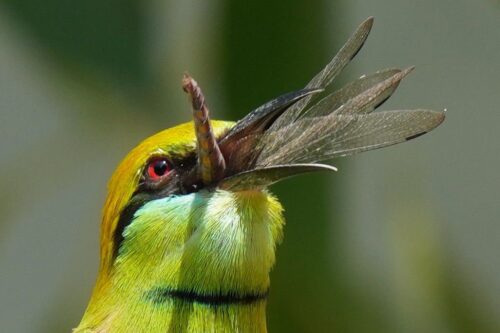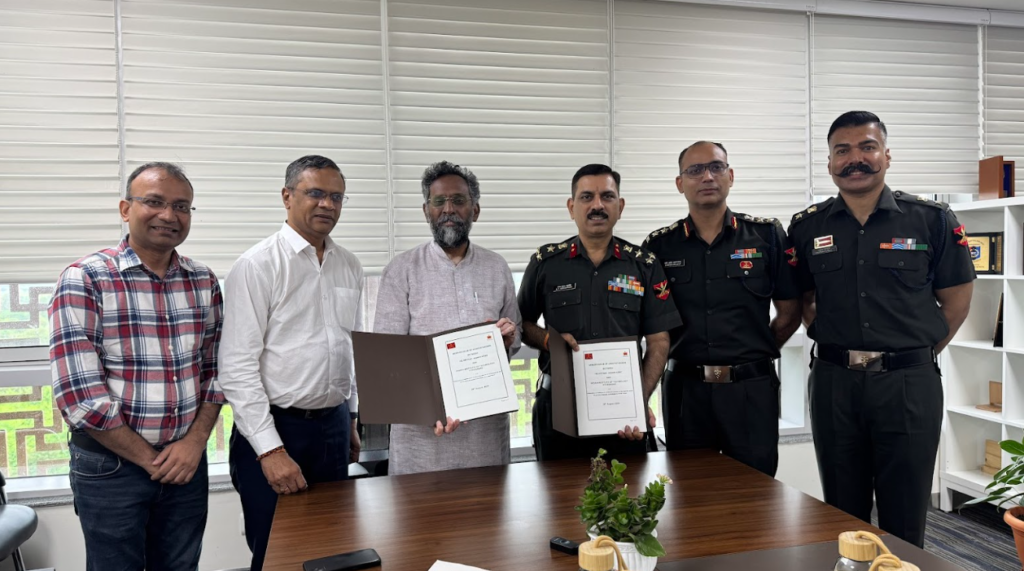Rama Krishna Sangem
BRS former Rajya Sabha MP and Green India Challenge founder J Santosh Kumar has begun as an activist cameraman and turned into a professional photographer over the years. This Sunday, August 31 posts of him, a small & cute bird capturing a fly on tree branch is an example for his keenness for a good photo.
Now, let me take this opportunity to talk about the dos of a good bird photographer. Bird photography is not that easy to get good pics get by. That requires patience, practice, and the right equipment, such as a telephoto lens and a camera with a high frame rate and ISO performance.
Key techniques include shooting at the bird’s eye level, utilizing golden hour lighting, understanding bird behavior to anticipate action, and selecting backgrounds to isolate the subject. Effective camera settings involve a fast shutter speed to freeze motion, a wide aperture to blur the background, and a low ISO to minimize noise.
Telephoto Lens: A lens with a focal length of at least 300mm is crucial for bringing distant birds closer. A zoom lens offers flexibility. High-Frame-Rate Camera: Look for a camera that can shoot at least 3-4 frames per second to capture fast-moving birds. These are some of the tips given by experts on the Internet. Here are some more tips, for those who want to become good bird photographers.
Techniques & Settings
Shoot at Eye Level: Position yourself at the bird’s eye level to create a more engaging and natural-looking image.Use the Golden Hour: Photograph in the early morning or late afternoon for soft, warm light that is more flattering to birds.
Anticipate Behavior: Learn bird behavior to predict movements, such as takeoffs or nesting, and be ready to capture them. Fast Shutter Speed:Use a shutter speed of at least 1/1000th of a second to freeze motion. For faster birds, like falcons, consider 1/3200th of a second.
Wide Aperture: A wide aperture (low f-number) like f/5.6 helps isolate the bird by creating a blurry background. Low ISO: Keep your ISO as low as possible to maintain image quality and reduce noise. Approach & Composition Be Patient: Allow birds to come to you by preparing a “birding station” with a feeder and a perch against a clean background. Wear drab, natural colors like greens and browns to help you remain unnoticed.
Use Your Environment: A car can act as a blind, and you can use a zigzag approach to get closer without startling birds. Focus on the Background: Select a clean, uncluttered background to make your subject stand out. More than anything else, what you need is a passion to get a good photo of a bird or birds in their natural habitats!


